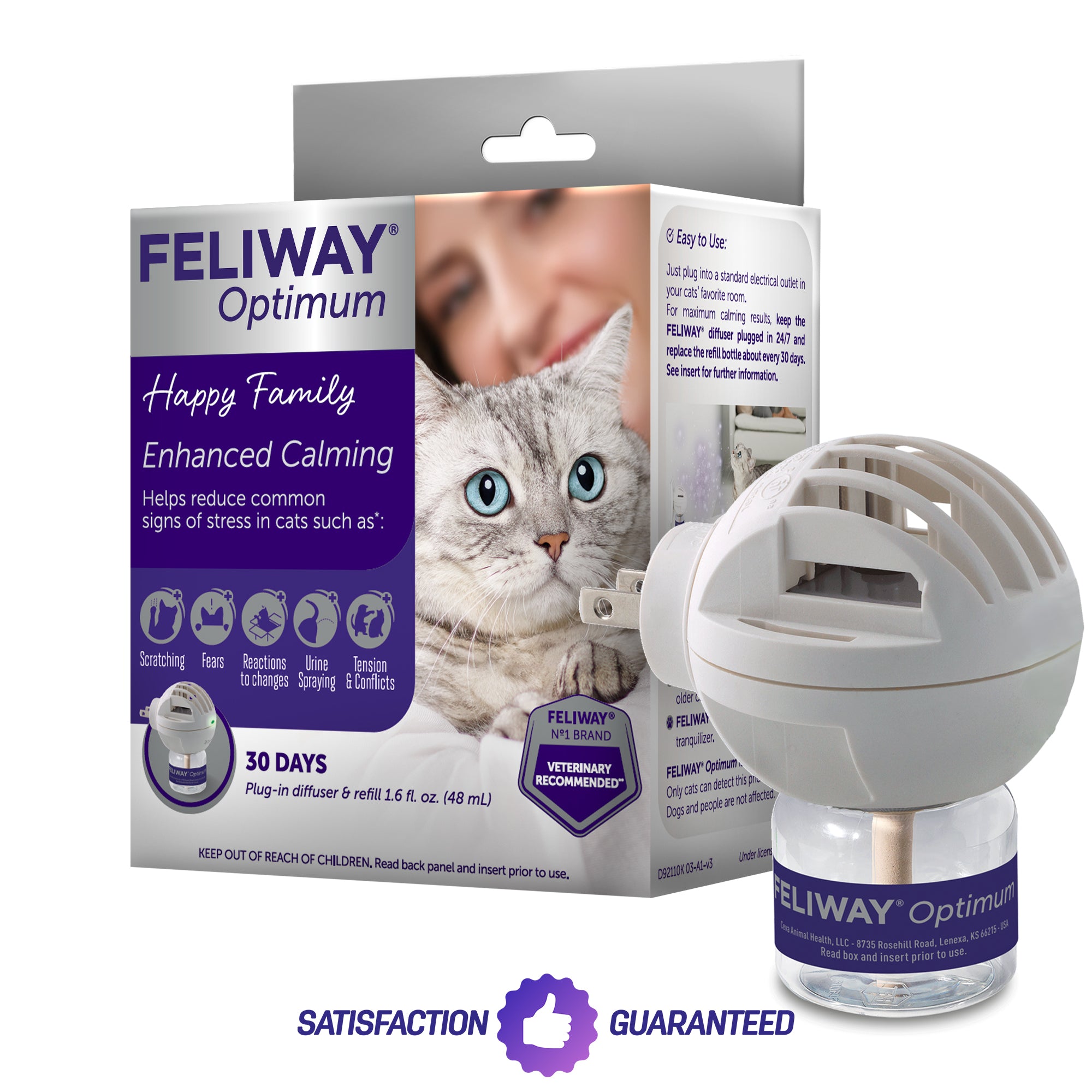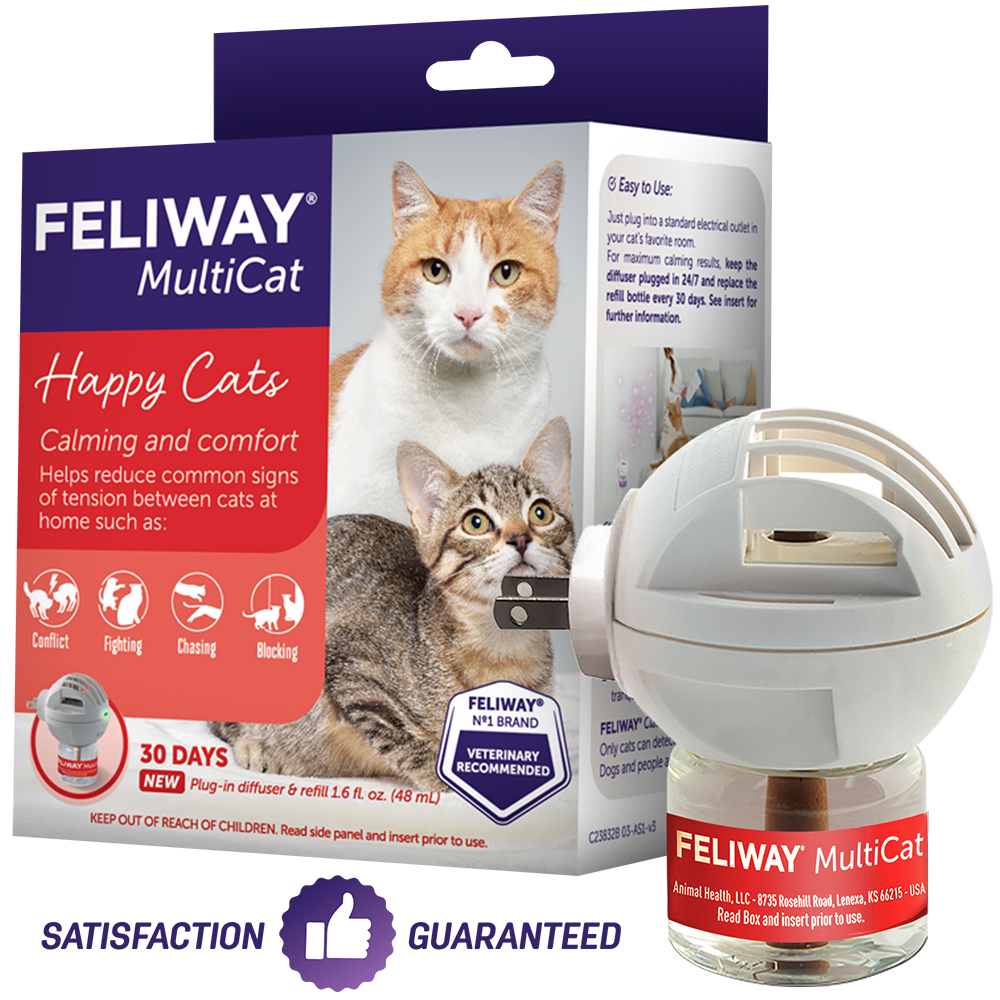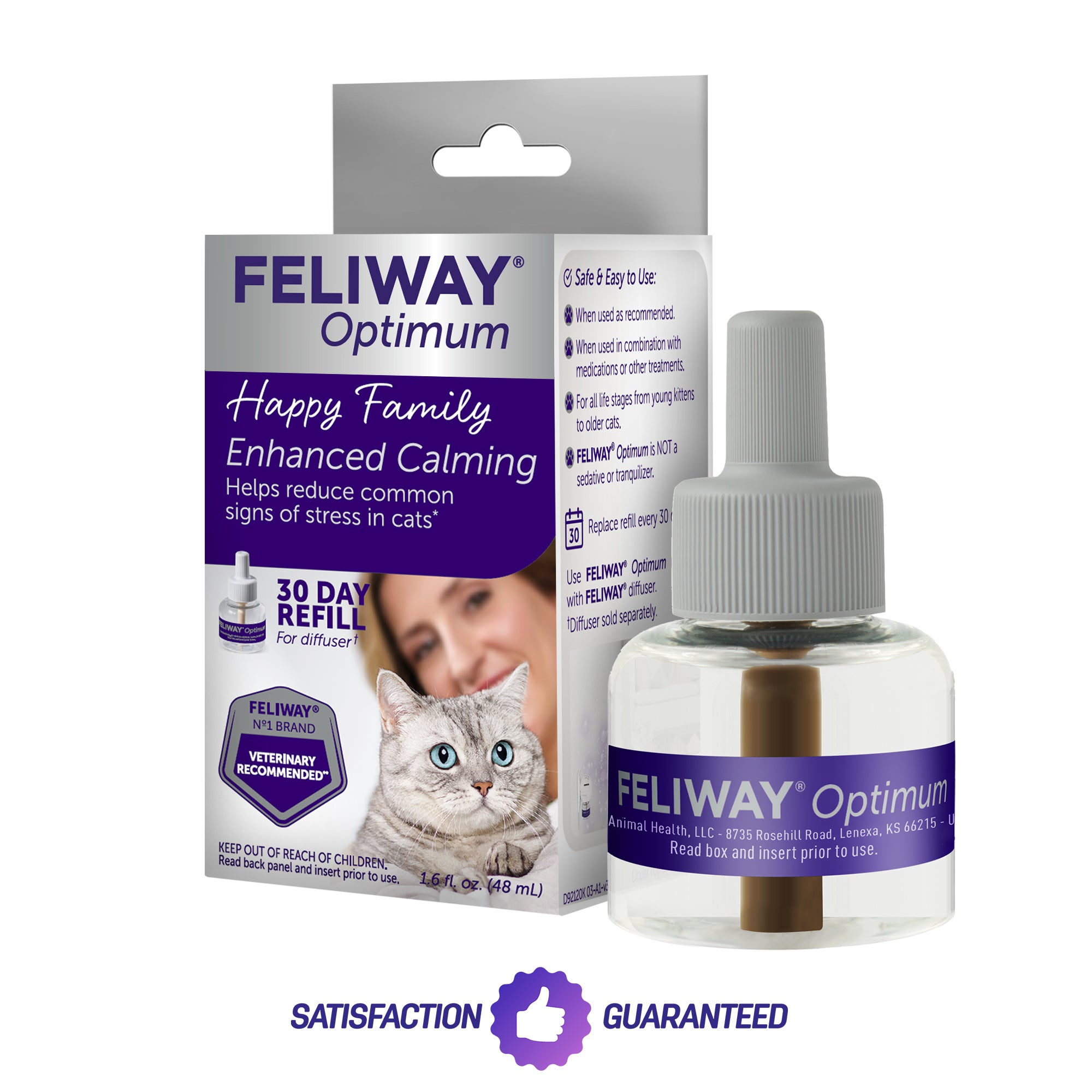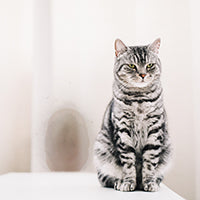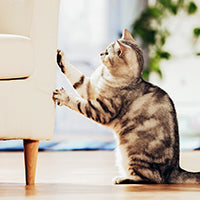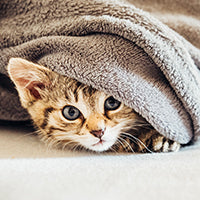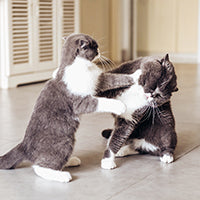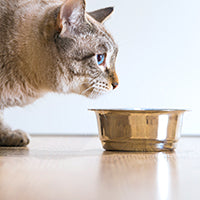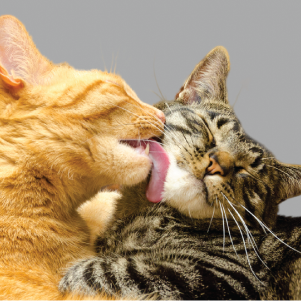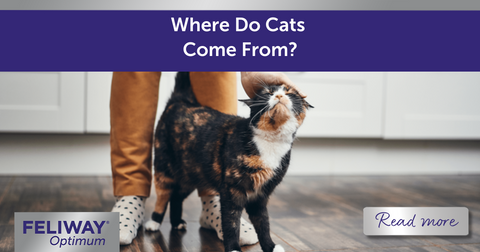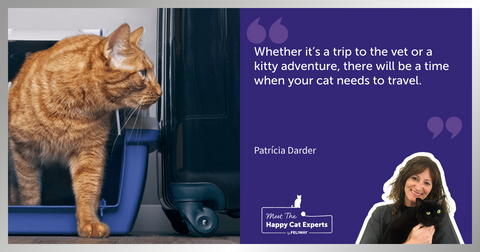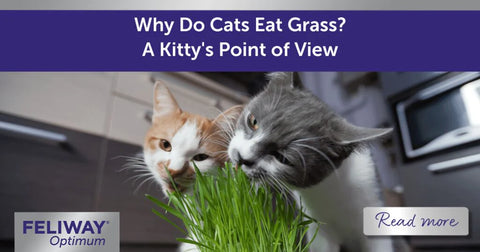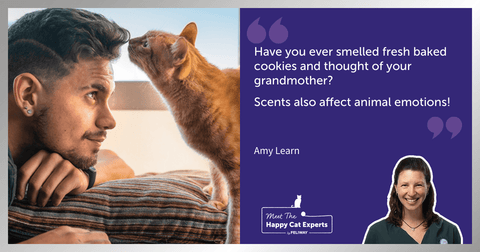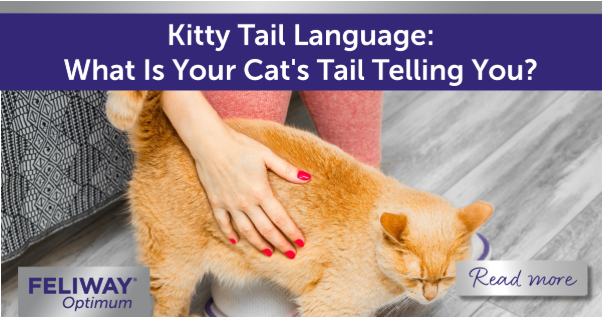
Kitty Tail Language: What Is Your Cat's Tail Telling You?
Have you ever wondered what your cat’s tail movements mean? Cats are known for being subtle communicators which means you need to pay close attention to their smaller movements!
When you know what to look for, a cat’s tail can reveal a lot about how they’re feeling. In this blog, we’ll explore how your kitty’s body language is expressed through their tails, breaking down the different meanings of tail movement and position to help you become a kitty tail language expert.
Why Do Cats Have Tails?
Cats’ tails come in many shapes and sizes. Whether they have a thick, thin, long, or fluffy tail, aside from adding extra cuteness to your kitty, they also have multiple purposes, such as:
-
Balance – A cat’s tail acts as a counterweight to help them with their fabulous balance when walking along narrow, elevated objects such as fences.
-
Sense of touch – The nerve endings in a cat’s tail help give them information about what is behind them when something touches it.
-
Warmth – Having a tail wrapped around their body can be an excellent additional trap for body heat.
-
Communication – They use their tail positions and movements to communicate how they’re feeling.

Cat Tail Movements and What They Mean
As a pet parent, understanding your cat’s tail language can help you respond appropriately to their needs. It’s a great way to build trust and strengthen your human-cat bond. Here are some of the meanings of cat tail movements:
-
Tail wrapped around their body – If your cat is relaxed, they may often tuck their tail when sleeping or resting, sometimes to trap heat. However, if this is done suddenly in new situations, it might indicate they are feeling unwell, and you should book a vet checkup.
-
Tail wrapped around you or another cat – This is an affectionate gesture that shows trust and closeness.
-
Slow swishing or flicking – If you see your cat flicking their tail, it most likely shows mild irritation or focused attention. It’s often seen during hunting or when watching birds through a window.
-
Tail twitching just at the end – This can indicate excitement about something that’s happening, like when preparing to pounce on a toy. But if this occurs when you’re not playing, it could be a sign of mild irritation or agitation.
-
Fast whipping, lashing, tapping, or thumping – This is a sign of stress, discomfort or annoyance. If you see any of these cat tail movements, it’s best to give them space.
-
Wagging tail – Unlike a dog’s loose tail wags, a cat’s wagging tail can often mean that they’re angry or upset. Depending on the context, your cat’s tail wagging can have meanings such as being unhappy, in pain or seeking affection.
- Puffed-up tail – If your cat’s tail puffs up, this usually shows fear. Cats do this when they feel threatened in an effort to look bigger and ward off danger. This is most commonly known as the "Halloween cat" pose and can also happen if they are startled.

Cat Tail Positions and What They Mean
Tail movements and tail positions have different meanings. Now, we’ll cover the different positions you may see your cat’s tail in, and what this can tell you about how they’re feeling.
-
Tail held upright – This tail position is a sign of confidence, friendliness, and a happy cat. In fact, kittens use this tail position to greet their mother. You may often see this when a cat greets you or a friendly feline, or if they’re exploring a familiar space.
-
Tail curved like a question mark – A curved tail indicates a positive mood and eagerness to interact. Along with a curved tail, you may also receive a friendly face rub or chirrup as they approach you!
-
Tail in neutral position – This is the normal stance for everyday exploration and relaxed activity.
-
Tail low or tucked under their body – If your cat has a tucked tail, this signals fear or the feeling that they’re threatened by a situation, object, or another individual.
Tail Language in Context
When looking at your cat’s tail language, remember to also consider their whole body too. Paying attention to their ears, eyes, posture, and vocalizations offers valuable insight into how your cat is feeling. It’s also important to consider the current context, such as their location and the people around them.
A cat’s tail movement and signals can also vary between individual cats, so it’s important to learn your cat’s unique "dialect" over time. For example, think about how they normally carry their tail when moving around or greeting you.

Warning Signs in a Cat’s Tail Language
While understanding your cat’s tail positions and movements can help you to better understand their feelings and behaviors, there are a few warning signs to look out for too.
-
If your cat’s tail is limp, they are excessively grooming it, or if it’s sensitive to the touch, they should be checked by a vet.
-
Sudden changes in the way your cat’s tail moves may indicate pain or injury.
-
If your cat is showing signs that they are feeling threatened or uncomfortable in a situation, look at how you can help. It’s important to give them space and move the concerning thing away from them. If you notice your cat showing signs of stress or fear, using FELIWAY® Optimum can help to enhance your cat’s serenity in your home and reduce their feelings of stress.
-
It’s crucial to remember not to force your cat to interact with things they feel uncomfortable about. If you’re in a situation that’s unavoidable, giving your cat Happy Snack by FELIWAY® can be a great distraction to help them learn to tolerate the situation more. For example, using it as part of helping your cat to gradually get used to a grooming routine.
For more tips on all things cat care, continue exploring our FELIWAY® blog online. And don’t forget to sign up to our newsletter to stay in the loop with everything we’re up to!
